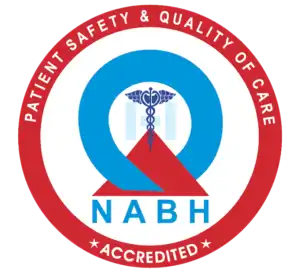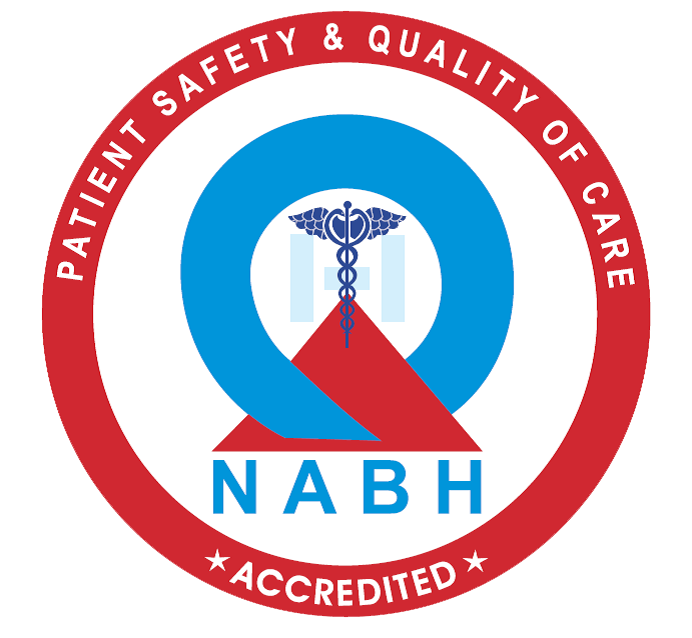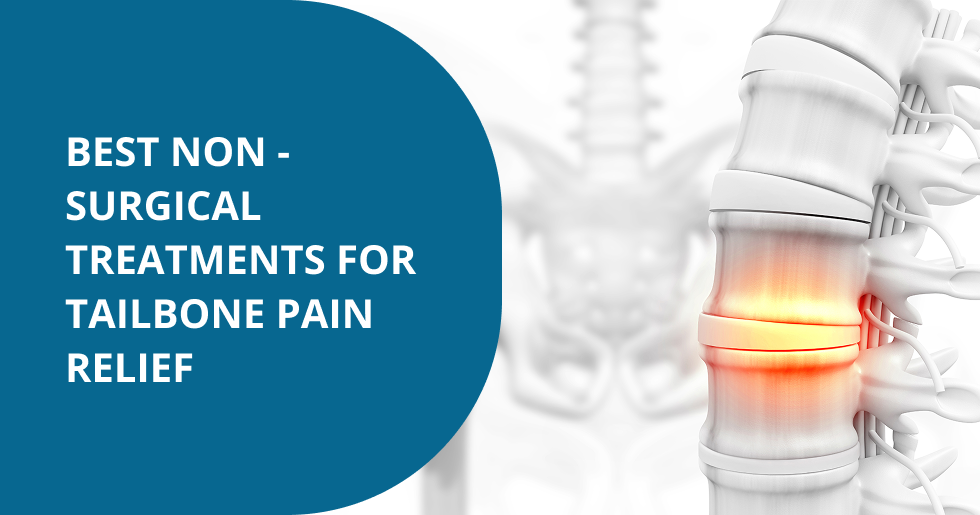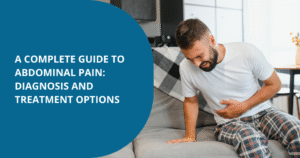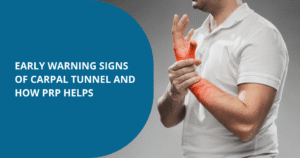Tailbone pain, also known as coccyx pain or coccydynia, can be a persistent nuisance. Whether from a fall, childbirth, prolonged sitting or poor posture, it can disrupt daily life. Fortunately, you don’t have to resort immediately to surgery. Non‑surgical procedures often deliver excellent tailbone pain relief, helping you return to comfort and mobility with conservative care. Let us explore the most effective remedies for tailbone pain, supported at Epione Bangalore, from physiotherapy to regenerative options.
Common Symptoms of Tailbone Pain
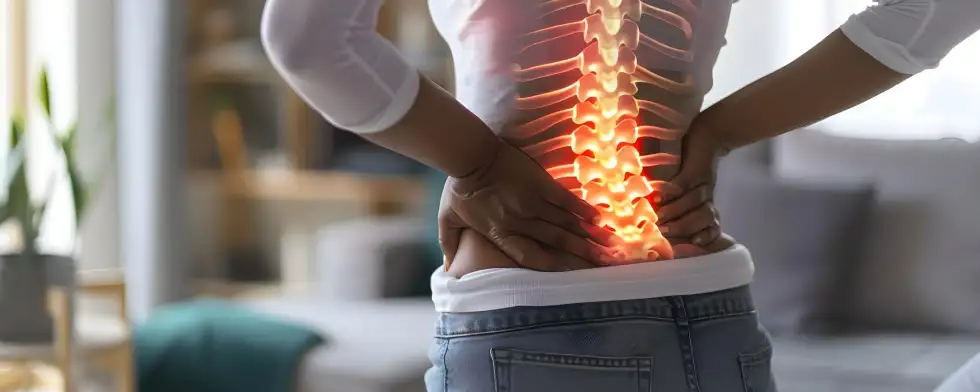
Recognising symptoms early helps ensure prompt relief –
- Sharp pain at the base of the spine, particularly when sitting or transitioning from sitting to standing
- Discomfort while leaning back or during bowel movements
- Tenderness when pressing on the coccyx area
- Pain that radiates into the lower back or legs
- Difficulty sleeping on your back or coccyx due to discomfort
If these signs persist beyond a few days and affect daily life or sitting comfort, it is time to consider effective pain management strategies without any further delay.
Best Non‑Surgical Treatments for Tailbone Pain Relief
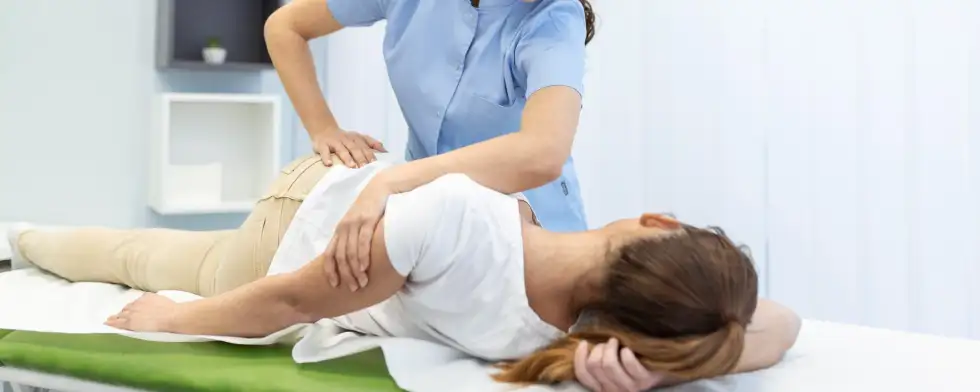
Here are the top non‑surgical procedures and therapies we recommend at Epione
- Physiotherapy and Targeted Exercises
Physiotherapy focused on pelvic floor relaxation; lower back stretches and postural correction are often our first step in tailbone pain treatment. Gentle joint mobilisation and core strengthening sessions help minimise pressure on the coccyx and improve posture over time. Regular sessions also enhance flexibility, promote muscular balance and support spinal stability, making daily movements more comfortable. Tailored exercise plans are adjusted based on patient progress; ensuring sustained tailbone pain relief without aggravating the condition.
- Ultrasound Guided PRP Injections
One of the most promising non-surgical procedures for tailbone pain is platelet-rich plasma injections. PRP harnesses your own healing factors, concentrated from your blood and is precisely injected into the coccyx area to promote tissue repair and durable pain relief. The ultrasound guidance ensures pinpoint accuracy, minimising discomfort and improving treatment effectiveness. Patients often report gradual but significant improvement in mobility and reduced inflammation, making PRP a leading option among tailbone pain remedies for long-term recovery without surgical intervention.
- Shockwave or Therapeutic Ultrasound Therapy
Sound-based therapies like extracorporeal shock wave or deep ultrasound can reduce inflammation, encourage blood flow and support tissue recovery. These are excellent tailbone pain remedies; especially when combined with exercise and manual therapy.
- Coccyx Cushions and Ergonomics
Simple environmental changes can offer immediate relief. Using a donut or wedge cushion while sitting, along with adjusting chair height or surface, helps unload pressure from the coccyx. Ergonomic adjustments often accompany other forms of pain management, ensuring the best outcomes. These aids also encourage better posture, reduce strain during prolonged sitting and support spinal alignment.
- Manual Manipulation and Soft-Tissue Mobilisation
Hands-on therapy by trained physiotherapists can release tension in muscles and fascia surrounding the tailbone. This approach improves mobility and reduces pain without invasive procedures. Regular sessions can also correct postural imbalances, enhance pelvic alignment and promote better function of the lower back. Combined with tailored exercises; it offers lasting relief.
- Ice and Heat Therapy Plus Home-Based Techniques
Alternating cold packs and warm compresses, along with gentle stretches or kneeling positions, can improve circulation and ease soreness. These simple remedies reduce inflammation, relax tight muscles and support the natural healing of the body. Practising good posture, avoiding prolonged sitting and using cushioned seating can further enhance daily comfort.
These approaches, especially when combined; often provide durable relief against tailbone pain without surgery; allowing patients to resume normal life swiftly.
Alternative and Complementary Therapies
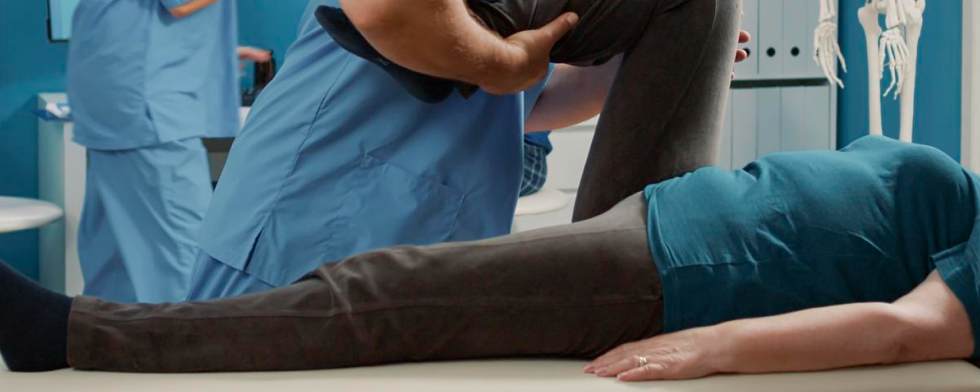
In addition to mainstream tailbone pain remedies, these complementary approaches support recovery –
- Acupuncture: Strategically placed needles may stimulate pain-reducing nerve pathways and promote circulation, which is often helpful for chronic coccyx pain.
- Yoga and Pilates: Gentle, guided stretches and core strengthening reduce pelvic tension and promote postural awareness.
- Massage and Myofascial Release: Helps break down tightness in the glutes and lower back, reducing mechanical load on the tailbone.
- Mind–Body Techniques: Relaxation methods such as guided breathing or mindfulness can modulate pain perception, especially beneficial when pain becomes persistent or stress-driven.
These therapies often work best when integrated with physiotherapy, cushioning techniques or PRP procedures.
Conclusion
Tailbone pain doesn’t have to rule your day or sit you out of routine. At Epione Bangalore, we prioritise non‑surgical tailbone pain remedies and incorporate PRP procedures for those seeking advanced, regenerative healing. From tailored physiotherapy and ergonomic seating to guided PRP injections and complementary therapies, our multi-disciplinary approach is rooted in science and centred on your recovery.
If you are experiencing persistent coccyx discomfort, whether from injury, childbirth or prolonged sitting, reach out for tailored evaluation. Together, we will develop an effective pain management plan and help you regain mobility and comfort in confidence.
With Epione’s smart and non-invasive care, lasting tailbone pain relief is achievable – no surgery required. Book your consultation today!
